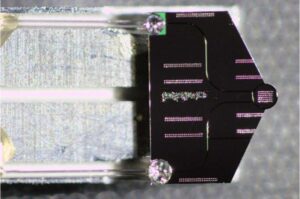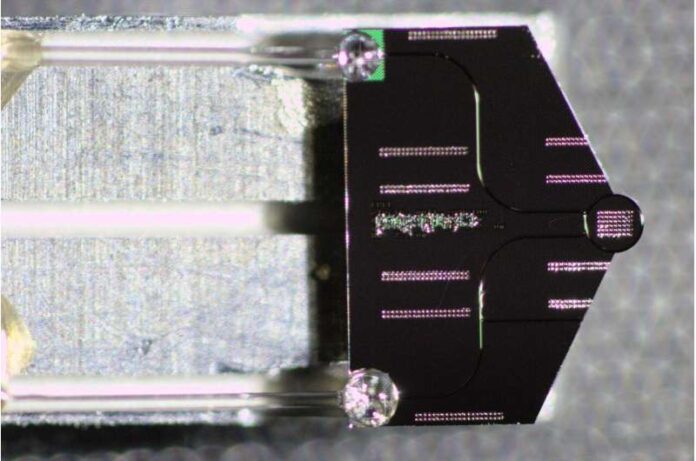Revolutionary Fusion: Nonlinear Optics Revolutionizes Electron Microscopy

In a groundbreaking exploration, scientists from the École Polytechnique Fédérale de Lausanne (EPFL) and the Max Planck Institute have achieved a remarkable integration of nonlinear optical phenomena into a transmission electron microscope (TEM). The lead researchers, Professor Tobias J. Kippenberg of EPFL and Professor Claus Ropers of the Max Planck Institute, unveiled their findings in the esteemed journal Science.
Unveiling the Play of Dissipative Kerr Solitons
The heart of the research revolves around a particular breed of light wave called dissipative Kerr solitons (DKS). These are resilient, localized pulses of light that preserve their structure and energy while traversing through a material. With a lifespan of tens of femtoseconds, DKS proves highly effective in interacting with electrons, making them an indispensable element in this breakthrough study.

Mastering the Fusion of Light and Electrons
The research team skillfully induced DKS within a photonic microresonator using a continuous-wave laser. This device captures light within a reflective enclosure, enabling the generation of diverse nonlinear spatiotemporal light patterns that engage with an electron beam, leaving distinctive imprints in the electron spectrum.
Unveiling New Horizons in Electron Microscopy
The interplay between free electrons and DKS now allows for the examination of soliton dynamics and the ultrafast modulation of electron beams. This technological leap paves the way for high repetition-rate ultrafast electron microscopy and compact particle accelerators driven by a miniature photonic chip. The non-invasive electron microscopy technique applied in this study offers direct access to the intracavity field, a critical aspect for comprehending nonlinear optical physics and advancing nonlinear photonic devices.
The photonic chips central to the experiments were crafted at EPFL’s facilities, and the trials took place at the Göttingen Ultrafast Transmission Electron Microscopy (UTEM) Lab. This study marks a significant stride in the realm of nonlinear optics, promising transformative applications in both technology and scientific endeavors.
